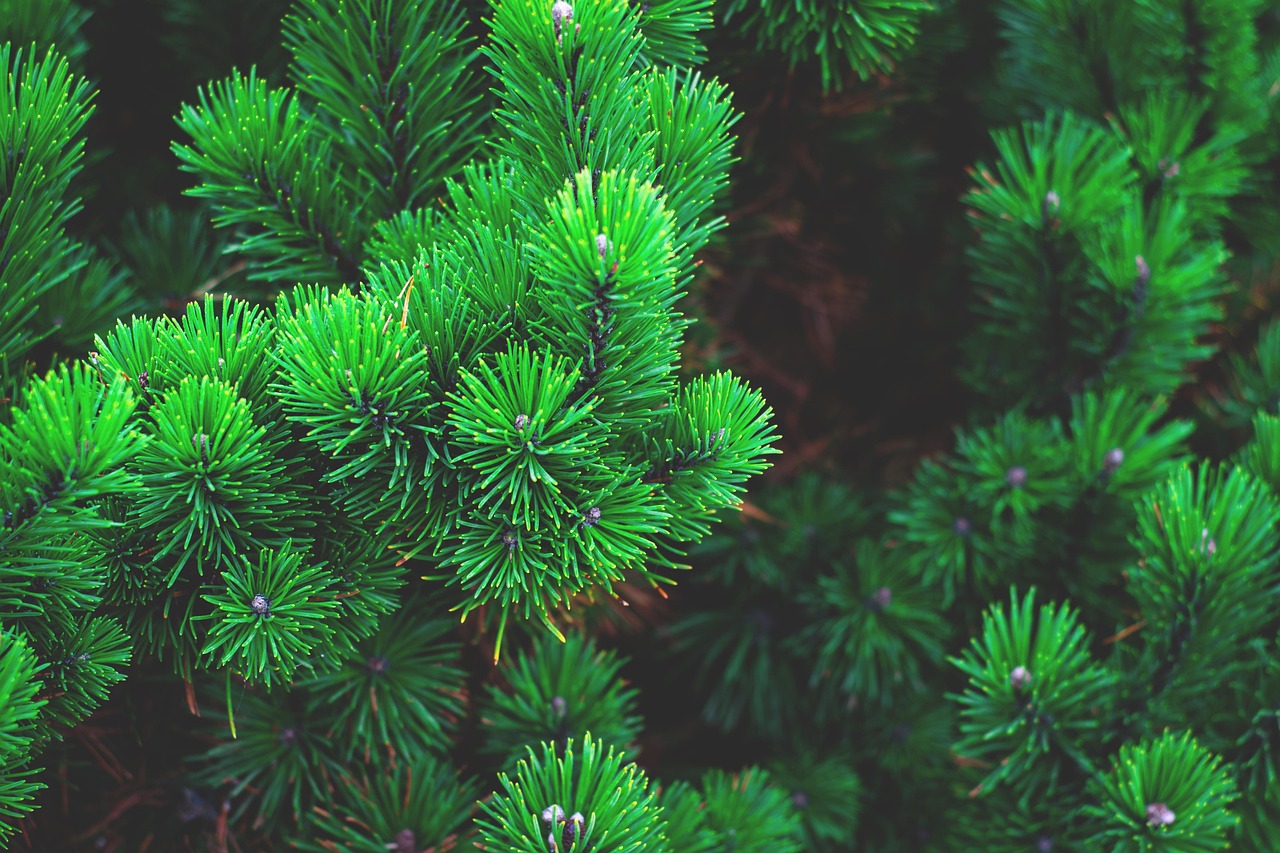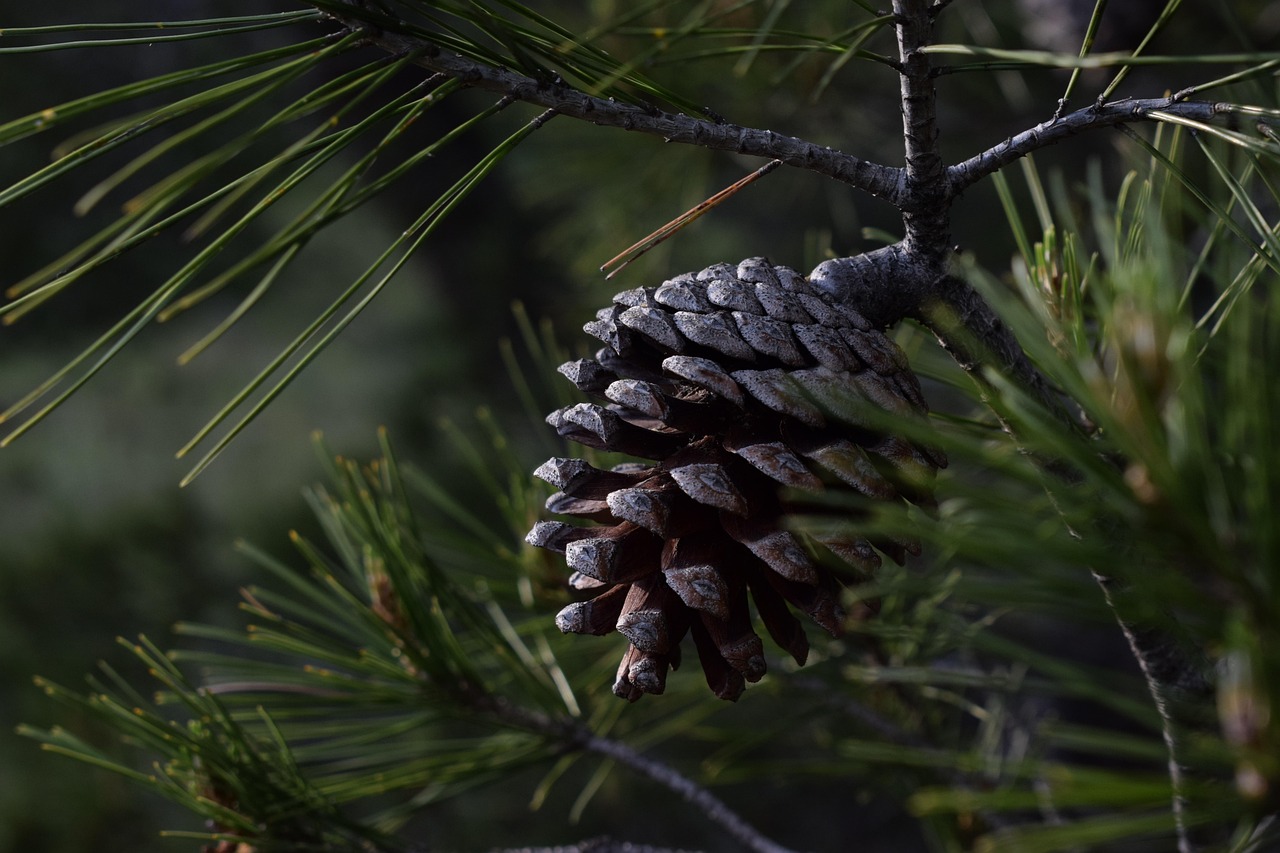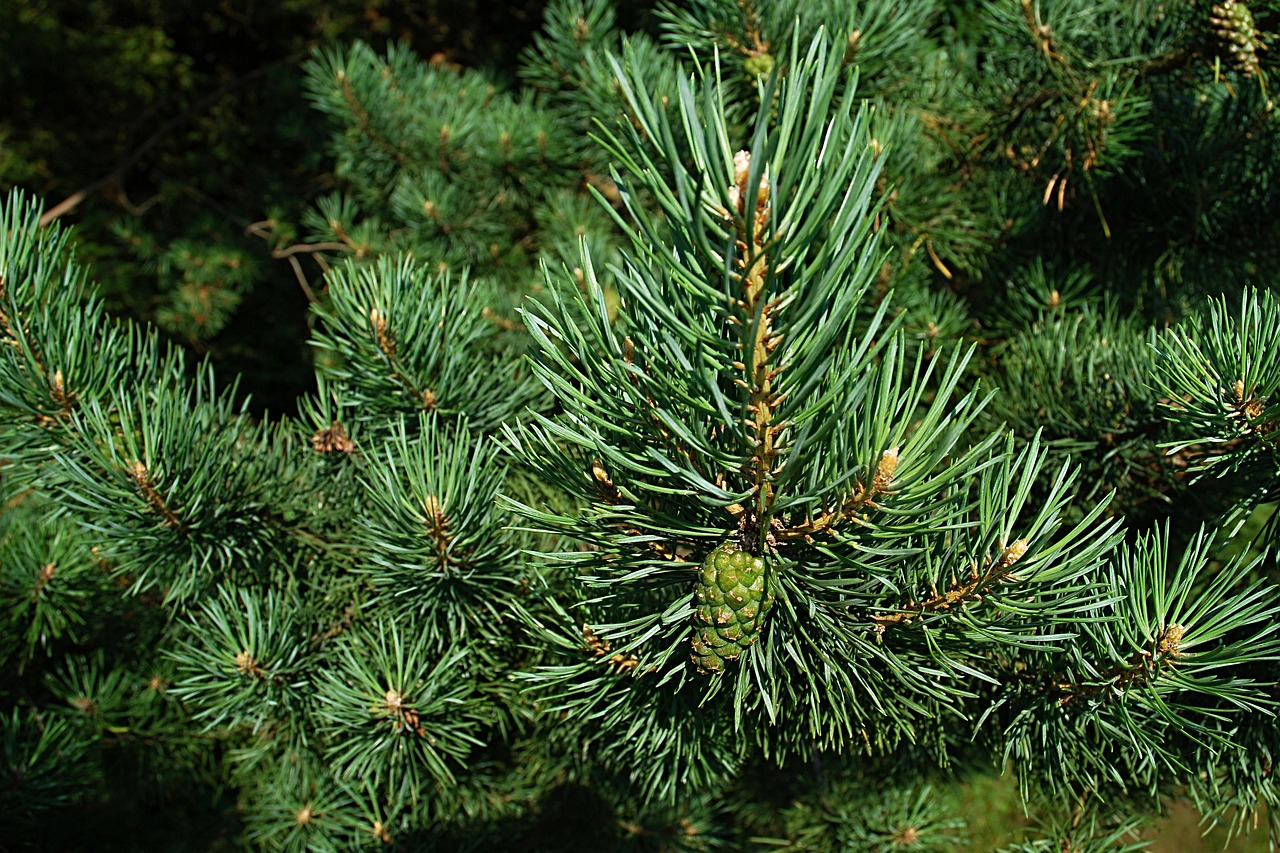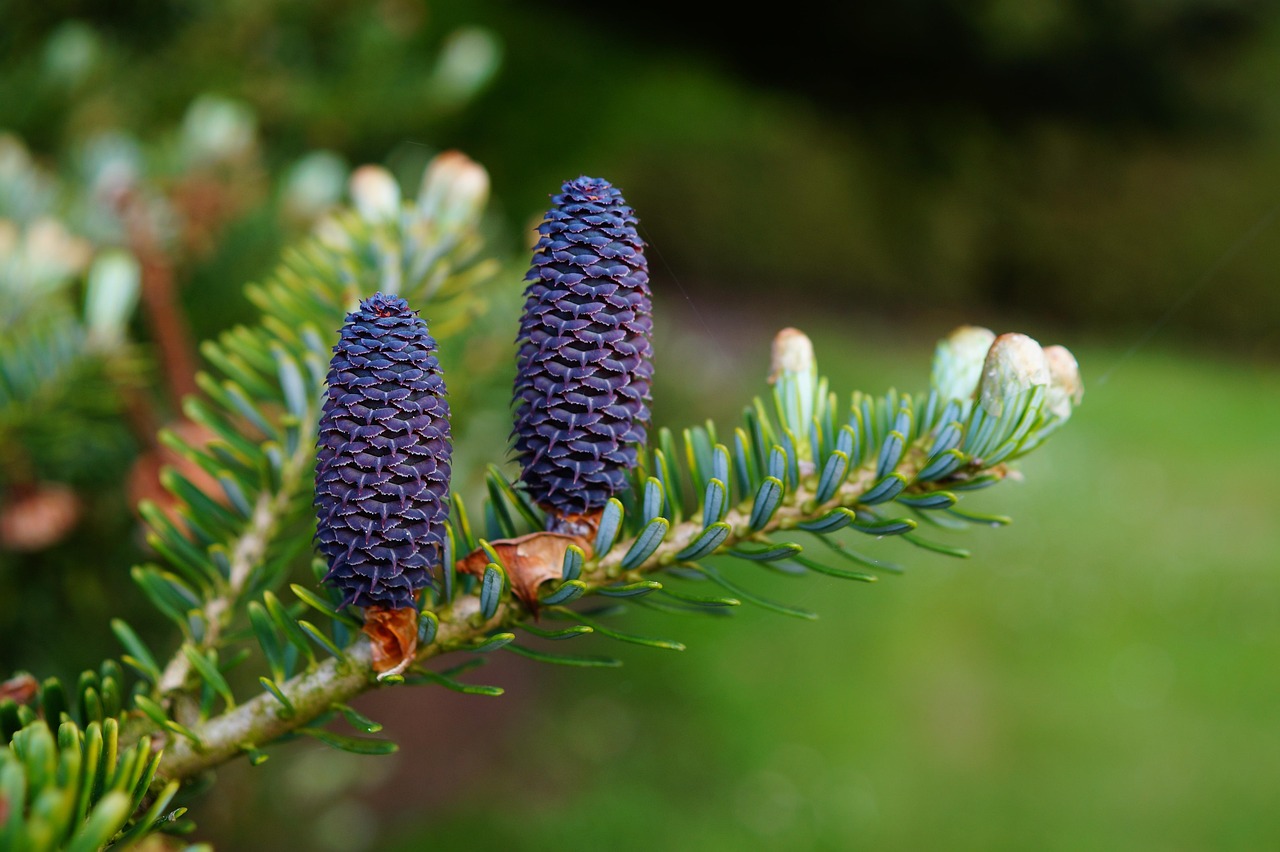Pine trees are popular for their rapid growth and adaptability. Growth rates vary by species, but many can reach heights of 50 to 80 feet within 20 years. Proper planting guidelines enhance their development and longevity.
Pine Trees: An Overview
Pine trees belong to the Pinaceae family and are known for their needle-like leaves and cones. They are native to the Northern Hemisphere and thrive in a variety of climates. The diversity among pine species allows them to adapt to different soil types, moisture levels, and environmental conditions. Their fast growth rate makes them a favored choice for landscaping, reforestation, and timber production.

Among the numerous species, some of the most common include:
- Eastern White Pine (Pinus strobus)
- Scots Pine (Pinus sylvestris)
- Lodgepole Pine (Pinus contorta)
- Red Pine (Pinus resinosa)
- Ponderosa Pine (Pinus ponderosa)
The growth rate of pine trees can significantly influence landscaping decisions and timber harvesting schedules. Understanding the growth characteristics of different species is essential for effective planning and management.
Growth Rate Overview
The growth rate of pine trees can vary widely based on their species, environmental conditions, and care provided. Factors such as soil quality, sunlight, water availability, and competition from other plants can all impact growth. Generally, pine trees exhibit a consistent growth pattern during their early years, followed by varying rates as they mature.

The following table illustrates the average height growth rates for several common pine species over the first 20 years:
| Species | Average Height After 5 Years | Average Height After 10 Years | Average Height After 20 Years |
|---|---|---|---|
| Eastern White Pine | 6-10 feet | 15-25 feet | 50-80 feet |
| Scots Pine | 5-10 feet | 15-30 feet | 40-60 feet |
| Lodgepole Pine | 4-8 feet | 10-20 feet | 30-50 feet |
| Red Pine | 5-10 feet | 15-25 feet | 40-70 feet |
| Ponderosa Pine | 5-12 feet | 15-25 feet | 60-100 feet |
As shown in the table, Eastern White Pine generally has one of the most rapid growth rates among the listed species. It can reach impressive heights in just two decades. In contrast, Lodgepole Pine tends to grow more slowly initially but can still achieve substantial heights over time.
Planting Guidelines for Pine Trees
To ensure healthy growth and maximize the potential of pine trees, proper planting techniques are essential. Here are some key guidelines to follow:

- Select the Right Species: Choose a pine species suited to your local climate and soil conditions.
- Timing: The best time to plant pine trees is during the early spring or fall when temperatures are moderate.
- Site Preparation: Clear the area of weeds and debris. Test the soil pH and amend it if necessary.
- Spacing: Plant trees at least 10 to 20 feet apart depending on the species to allow for adequate growth.
- Planting Depth: Dig a hole that is twice as wide as the root ball but no deeper than the root ball itself.
- Watering: Water thoroughly after planting and maintain consistent moisture during the first year.
By following these guidelines, you can create an optimal environment for your pine trees to flourish. Regular maintenance, such as mulching and pruning, will further enhance their growth and health.
Pine trees not only provide beauty and shade but also serve ecological purposes such as carbon sequestration and habitat for wildlife. Thus, understanding their growth rates and planting requirements is crucial for successful cultivation.
Factors Affecting Pine Tree Growth
Understanding the factors that influence the growth rate of pine trees is essential for successful planting and care. Several environmental and biological elements play a role in how quickly and effectively these trees grow. Below are some key factors to consider:
- Soil Quality: The type of soil directly impacts the health and growth of pine trees. Sandy soils drain well but may lack nutrients, while clay soils retain moisture but can become compacted.
- Water Availability: Adequate watering is crucial, especially during the first few years after planting. Pine trees generally prefer well-drained soil but require regular moisture.
- Sunlight: Most pine species thrive in full sunlight. Insufficient light can stunt growth and affect overall health.
- Temperature: Different pine species have varying temperature tolerances. Understanding local climate conditions can help select the right species.
- Competition: Nearby plants and trees can compete for nutrients and water, affecting the growth of newly planted pines.
Pine Tree Care and Maintenance
Proper care and maintenance are vital for ensuring healthy growth and longevity of pine trees. Regular attention can prevent diseases and pests, which can hinder growth. Here are some important maintenance practices:

- Mulching: Applying mulch around the base of the tree helps retain moisture, suppress weeds, and regulate soil temperature. Use organic materials like wood chips or bark.
- Fertilization: Depending on soil quality, periodic fertilization may be necessary. Use a balanced fertilizer that provides essential nutrients like nitrogen, phosphorus, and potassium.
- Pruning: Regular pruning helps maintain shape and remove dead or diseased branches. Aim to prune in late winter or early spring before new growth begins.
- Pest Management: Monitor for signs of pests such as bark beetles or aphids. Early detection is key to preventing infestations.
- Disease Prevention: Keep an eye out for common diseases like needle blight or root rot. Healthy trees are more resistant to diseases.
Common Pine Tree Species and Their Growth Characteristics
Different species of pine trees have unique growth rates and care requirements. It is beneficial to understand these characteristics when choosing a species for planting. Here is a closer look at some popular species:
| Species | Growth Rate | Height at Maturity | Ideal Soil Type |
|---|---|---|---|
| Eastern White Pine | Fast | 50-80 feet | Sandy to loamy |
| Scots Pine | Medium | 40-60 feet | Sandy, well-drained |
| Lodgepole Pine | Medium to Fast | 30-50 feet | Sandy to clayey |
| Red Pine | Medium | 40-70 feet | Sandy, acidic |
| Ponderosa Pine | Fast | 60-100 feet |
This table outlines key details about various pine species, including their growth rates and preferred soil types. Understanding these factors will help you make informed decisions about which species to plant based on your specific conditions.
Pine Trees in Different Landscapes
Pine trees can be adapted for use in various landscapes, from residential gardens to large commercial properties. They serve multiple purposes, including providing shade, windbreaks, and aesthetic appeal. Here are some common applications:
- Lawn and Garden Design: Pines can enhance the visual appeal of gardens while providing shelter for wildlife.
- Windbreaks: Planting rows of pine trees can help reduce wind speed, protecting crops and buildings.
- Erosion Control: The extensive root systems of pine trees help stabilize soil on slopes or in areas prone to erosion.
- Timber Production: Certain species are valuable for timber due to their rapid growth and quality wood.
Pine trees not only contribute to environmental health but also enhance the beauty of outdoor spaces. Selecting the right species and implementing proper care can lead to thriving trees that enrich landscapes for years to come.
Pine Tree Diseases and Pests
Pine trees, like all plants, are susceptible to various diseases and pests. Recognizing these threats early on can help mitigate damage and promote healthy growth. Common issues include fungal infections, insect infestations, and environmental stressors. Here are some of the most prevalent diseases and pests affecting pine trees:
Common Diseases
- Needle Blight: This fungal disease causes needles to turn yellow or brown, ultimately leading to needle drop. It is most harmful during wet conditions.
- Root Rot: Caused by waterlogged soil or poor drainage, root rot can quickly kill a pine tree. Signs include wilting and yellowing foliage.
- Pine Bark Beetle: This pest bores into the bark, disrupting the tree’s ability to transport nutrients. Infested trees often display yellowed needles and boring dust at the base.
- Pitch Canker: A fungal disease that affects the tree’s vascular system, pitch canker leads to resinous cankers on the trunk and branches.
Pest Management Strategies
To effectively manage pests and diseases, consider the following strategies:
- Regular Inspections: Monitor trees for early signs of distress, such as needle discoloration or unusual growth patterns.
- Proper Watering: Avoid overwatering to prevent root rot. Ensure good drainage in planting areas.
- Maintain Tree Health: Strong, healthy trees are better able to resist pests and diseases. Follow proper care guidelines for fertilization and pruning.
- Use of Insecticides: If infestations occur, consider using insecticides specifically designed for pine pests, following application guidelines carefully.
Environmental Benefits of Pine Trees
Pine trees offer numerous environmental benefits that contribute to ecosystem health. Their presence supports biodiversity and plays a vital role in climate regulation. Here are some key environmental advantages:
- Carbon Sequestration: Pine trees absorb carbon dioxide from the atmosphere, helping to mitigate climate change.
- Wildlife Habitat: They provide shelter and food for various species, including birds, mammals, and insects.
- Soil Stabilization: The root systems of pine trees help prevent soil erosion by anchoring the soil in place.
- Air Quality Improvement: Pine trees filter pollutants from the air, contributing to cleaner environments.
Pine Tree Planting Techniques
Successful planting techniques are critical for establishing healthy pine trees. The following guidelines can enhance planting success rates:
Site Selection
Selecting an appropriate site is essential for optimal tree growth. Consider the following factors:
- Sunlight Exposure: Ensure the chosen site receives full sunlight for most of the day.
- Soil Type: Test soil quality and choose a location with well-drained soil rich in organic matter.
- Space Availability: Allow sufficient space for tree growth to prevent competition with neighboring plants.
Planting Process
The planting process involves several steps to ensure a successful start for your pine trees:
- Digging the Hole: Create a hole that is twice as wide as the root ball but no deeper than the root ball itself.
- Positioning the Tree: Place the tree in the center of the hole. The top of the root ball should be level with the surrounding soil surface.
- Backfilling: Fill in the hole with native soil, gently packing it around the roots to eliminate air pockets.
- Watering: Water thoroughly after planting to help settle the soil around the roots.
- Mulching: Apply a layer of mulch around the base of the tree to retain moisture and suppress weeds.
Pine Trees in Urban Landscapes
Pine trees are increasingly popular in urban landscapes due to their adaptability and aesthetic appeal. However, challenges such as limited space and pollution must be addressed. Here are some considerations for planting pine trees in urban areas:
- Space Constraints: Choose dwarf or smaller species that fit well in limited spaces without overcrowding.
- Pollution Tolerance: Select species known for their resilience against urban pollution and stress factors.
- Aesthetic Considerations: Incorporate pine trees into landscape designs to enhance visual interest throughout the year.
Pine trees can thrive in urban environments when properly selected and cared for, providing numerous benefits to city dwellers and local ecosystems alike.
Challenges in Pine Tree Cultivation
While pine trees are known for their adaptability, several challenges can arise during cultivation that may hinder their growth and health. Understanding these challenges is essential for successful management. Below are some common issues faced by pine tree growers:
- Soil Compaction: Excessive foot traffic or heavy machinery can compact the soil, reducing aeration and water infiltration. This can lead to poor root development and stunted growth.
- Water Stress: Both overwatering and drought conditions can stress pine trees. It is important to establish a consistent watering schedule based on the specific needs of the species and environmental conditions.
- Pest Infestations: Pine trees can attract various pests that may damage foliage or bark. Regular monitoring and integrated pest management strategies are crucial to prevent extensive damage.
- Climate Variability: Changes in climate patterns, such as increased temperatures or erratic rainfall, can impact pine tree health. Selecting species that are resilient to local climate conditions can help mitigate this risk.
Enhancing Pine Tree Growth Through Technology
Advancements in technology have provided new opportunities for enhancing the growth and health of pine trees. Some innovative methods include:
- Soil Sensors: These devices monitor soil moisture levels and nutrient content, allowing for precise irrigation and fertilization. This helps ensure that pine trees receive optimal care.
- Drones: Drones can be used for aerial surveys of large pine plantations to detect signs of disease or pest infestations early, facilitating timely interventions.
- Genetic Research: Ongoing research into the genetic makeup of pine species has led to the development of hybrids that exhibit faster growth rates and increased resistance to diseases and pests.
By integrating these technologies into cultivation practices, growers can improve the overall health and productivity of pine trees, leading to better yields and sustainability in forestry practices.
Pine Trees and Climate Change
Pine trees play a significant role in combating climate change. Their ability to sequester carbon dioxide makes them vital in reducing greenhouse gas emissions. Here are some ways in which pine trees contribute positively to the environment:
- Carbon Storage: Mature pine forests store significant amounts of carbon, which helps mitigate the effects of climate change.
- Biodiversity Support: Pine ecosystems provide habitat for numerous species, enhancing biodiversity and ecological resilience.
- Water Regulation: Pine trees help regulate water cycles by influencing precipitation patterns and maintaining watershed health.
Conclusion
Pine trees are a valuable asset to both natural ecosystems and urban landscapes. Their rapid growth rates, adaptability, and numerous environmental benefits make them an excellent choice for planting in a variety of settings. Understanding the growth characteristics, care requirements, and potential challenges associated with pine trees is essential for successful cultivation. With proper planting techniques, ongoing maintenance, and an awareness of diseases and pests, pine trees can thrive and provide beauty, shade, and ecological benefits for generations to come.
Incorporating modern technologies can further enhance the growth and health of pine trees, allowing for sustainable forestry practices that address the challenges posed by climate change. By selecting the right species for your environment and following best practices in planting and care, anyone can contribute to a greener future while enjoying the many benefits that pine trees offer.
